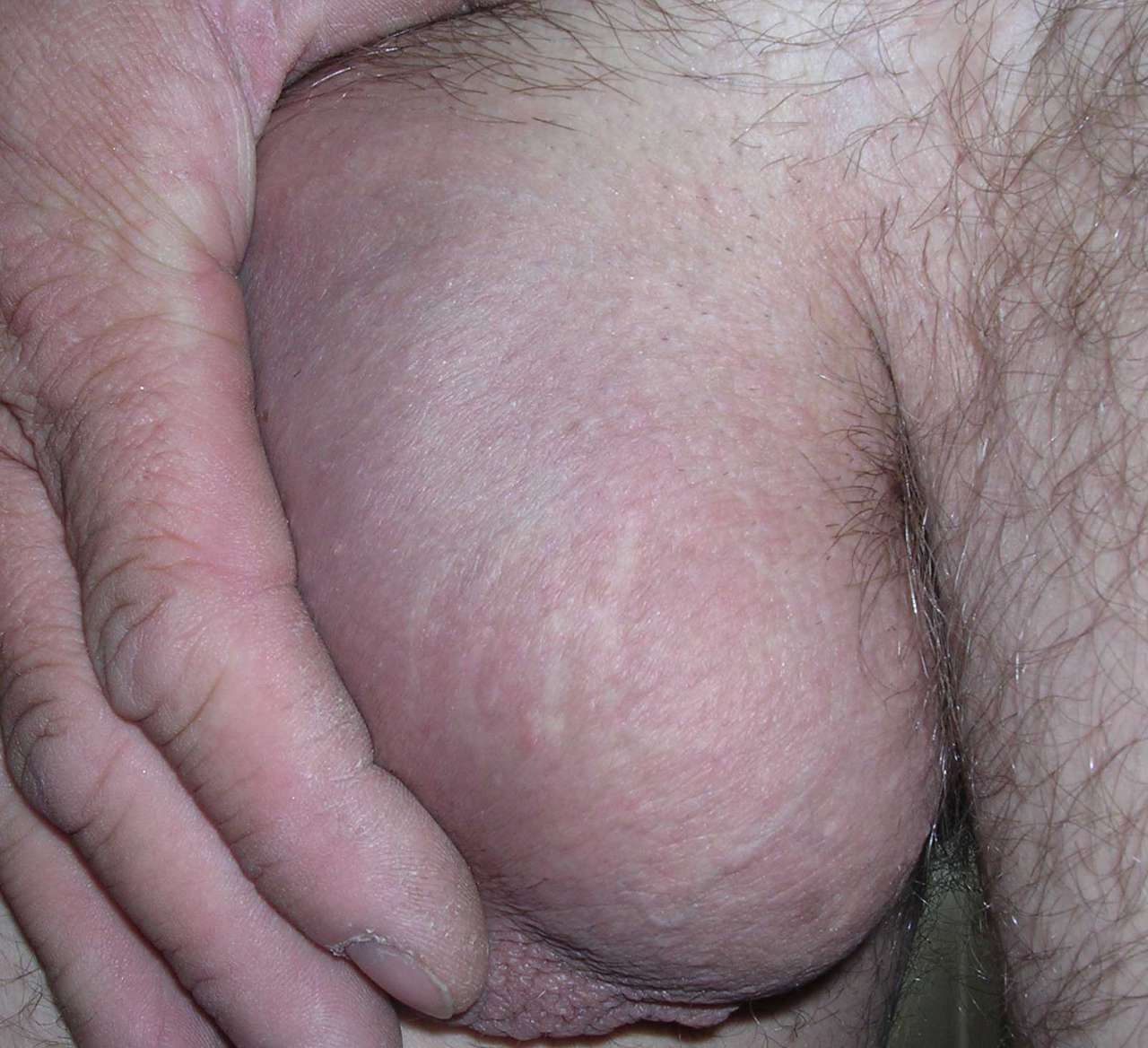


Circumcision and penis care: Guide for parents . This leaflet is published by Circumcision Information Australia to complement the policy statement on circumcision issued by the Royal Australasian College of Physicians and to assist Australian and New Zealand parents care for their baby mans.

What is Peyronie’s Disease. Peyronie’s disease or curvature of the penis is the formation of scar tissue within the penis. Peyronie’s (pa-ro-NEEZ) disease causes the penis to curve when erect.

The baculum (also penis bone, penile bone, or os penis, or os priapi) is a bone found in the penis of many placental mammals.It is absent in the human penis, but present in the penises of other primates, such as the gorilla and chimpanzee. The bone is located above the male urethra, and it aids sexual reproduction by maintaining sufficient stiffness …

Learn what really causes and how to fix a curved penis. Science-backed guide on how I straightened my bent penis at home – no surgery needed.

Penis enhancement surgery is a relatively simple, safe operation performed on an out-patient basis under light, general anesthesia. This surgery, which is performed in our state of the art surgical facilities, actually involves two separate procedures.

Read about keloids, which are tough, irregularly shaped scars that progressively enlarge. Keloid symptoms include dome-shaped, shiny, raised scars that may be itchy, even painful. Treatment for keloids may involve cortisone injections, laser, silicone sheets, and cryotherapy. Learn about causes and removal.
Pages in category “Penis” The following 42 pages are in this category, out of 42 total. This list may not reflect recent changes ().
Penile difference – lack of penile development, small size, hypospadias and Peyronie’s disease
Silicone gel sheets and self-drying silicone gel ointments are invaluable for wound healing and scar management. A silicone gel coating or sheet helps protect wounds from excessive moisture, drying out and infections, all of which can lead to the development of unsightly scar tissue.

Before we get into how to treat/heal scar tissue, it’s best if you have a really good understanding of what scar tissue is composed of, the different forms it can take in the body, and how it behaves.